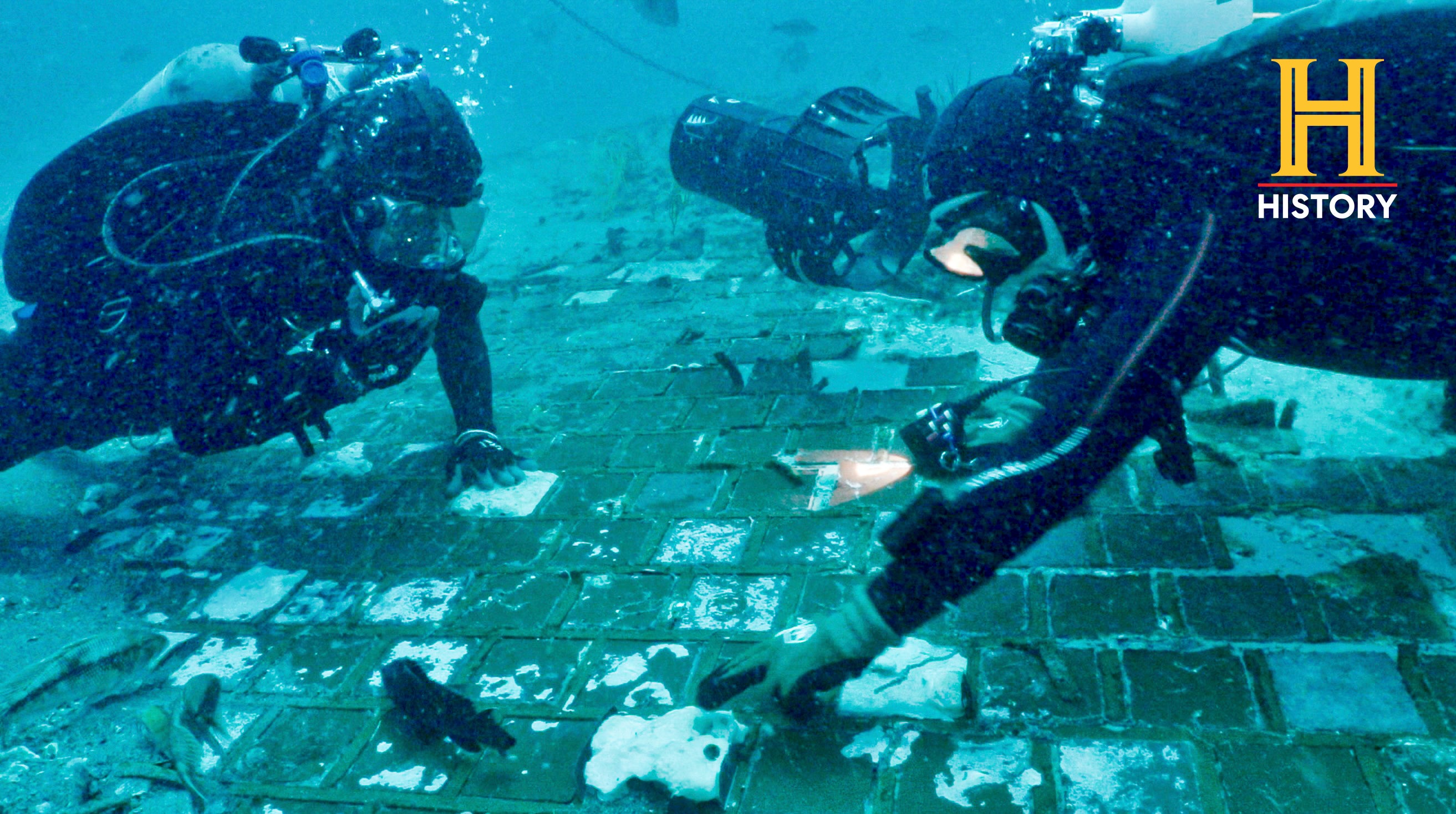History Channel divers find piece of exploded space shuttle Challenger, Nasa says
Divers searching for the wreckage of a 1940s era airplane off the coast of Florida found instead a segment of the space shuttle lost in a disastrous accident in 1986

Divers searching for airplane wreckage off the coast of Florida instead found a segment of the space shuttle Challenger, according to Nasa.
The divers, who were working with the History Channel on a documentary about World War II era aircraft, stumbled upon a piece of human made wreckage partially embedded in the seabed sand, according to a Nasa media release.
Noticing the 8-inch square tiles on the wreckage, characteristic of the space shuttle heat shield and knowing how they were to Nasa’s Cape Canaveral launch site, the filmmakers contacted the space agency.
On Thursday, Nasa confirmed the wreckage is part of the ill-fated Challenger, which exploded shortly after lift off on 28 January 1986, killing all seven astronauts aboard including US school teacher Christa McAuliffe.
“While it has been nearly 37 years since seven daring and brave explorers lost their lives aboard Challenger, this tragedy will forever be seared in the collective memory of our country,” NASA Administrator Bill Nelson said in a statement. “This discovery gives us an opportunity to pause once again, to uplift the legacies of the seven pioneers we lost, and to reflect on how this tragedy changed us.”
One way the tragedy changed Nasa, administrator Nelson added, was a new emphasis on safety culture.
An investigation into the Challenger disaster concluded the fatal flaw lay in rubber O-ring seals inside the shuttle’s two solid rocket boosters. Unusually cold temperatures at the launch pad that morning caused the seals to fail and led to a runaway explosion instead of a controlled rocket launch.
Although some Nasa workers raised concerns about the safety of launching Challenger in the morning cold, program managers made the decision to launch anyway — with disastrous consequences.
Nasa created a new office in charge of safety following the Challenger disaster, implemented to risk assessment procedures around launches, and setup a special program designed to study lessons learned from the space shuttle and past Nasa programs.
Those lessons learned can be seen in Nasa’s approach to the first launch of its Artemis I Moon mission, a critical flight test of its new Space Launch System rocket. Nasa scrubbed the first two launch attempts in August and September after leaks or engine problems arose, and at the time administrator Nelson quipped that “It’s not going to fly until it’s ready.”
The History Channel documentary episode showing the discovery of the Challenger wreckage will air on Tuesday 22 November, according to Nasa. It’s part of a series on the Bermuda Triangle.
Join our commenting forum
Join thought-provoking conversations, follow other Independent readers and see their replies
Comments
Bookmark popover
Removed from bookmarks